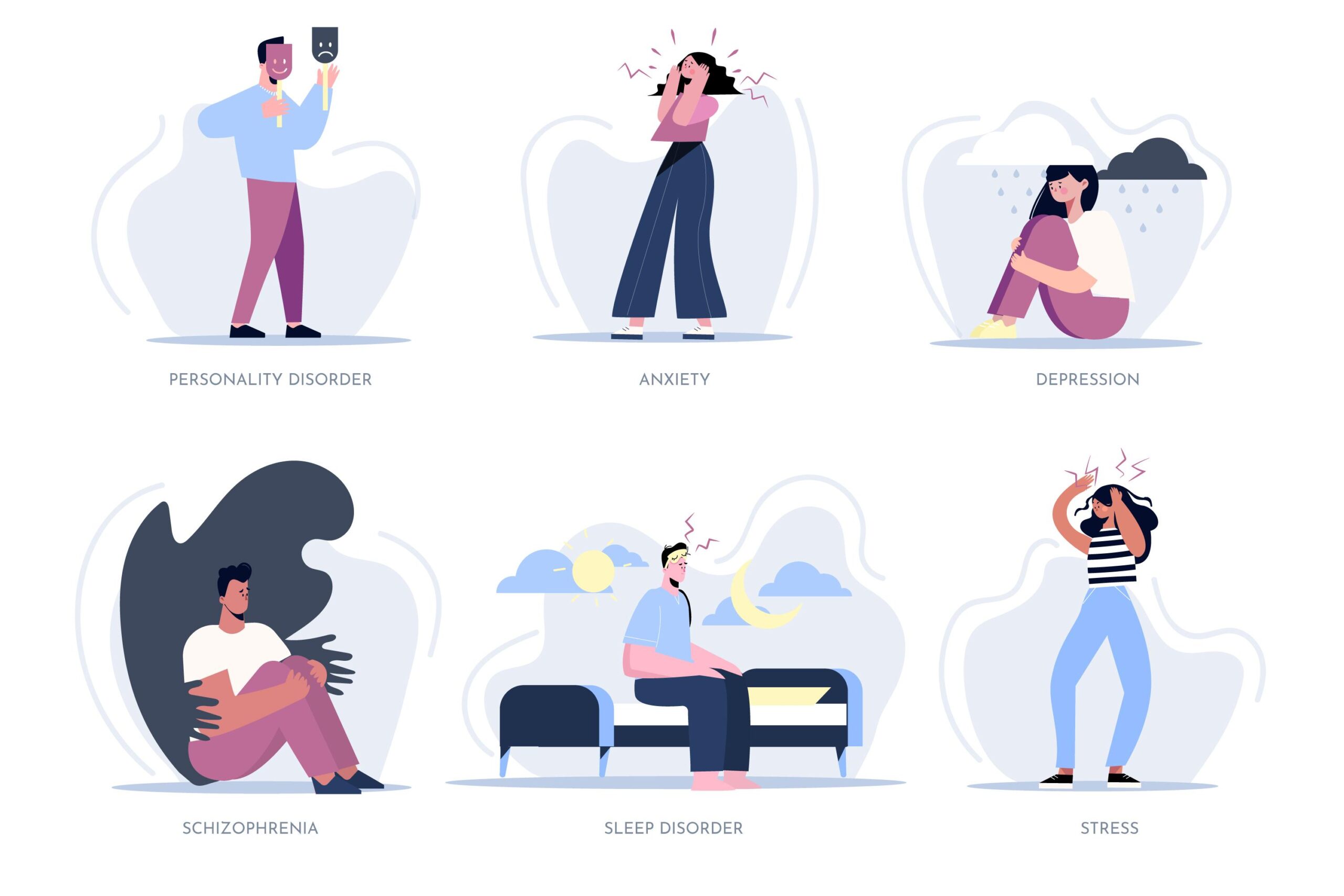Depression vs Sadness: Understanding the Difference
This article has been researched and written by Nayla Daou. AI has not been used in producing this article.
While often used interchangeably, the terms “sadness” and “depression” represent distinct emotional states, each with its own implications for mental well-being. Distinguishing the differences between them is essential for ensuring individuals receive the appropriate support and treatment they need.
This blog post will cover key differences and ways to recognize them.
What is Sadness?
Sadness emerges naturally in response to adversity, loss, or disappointment, representing a fleeting emotional state often tied to particular events, or situations.
It’s a transient feeling that typically arises in response to specific events or circumstances. Feeling sad is a normal part of the human experience and often resolves on its own or with the passage of time. It may be accompanied by tearfulness, low energy, or a temporary decrease in motivation.
Understanding Depression
Depression, on the other hand, is a clinical mental health condition characterized by persistent feelings of sadness, hopelessness, and emptiness. Unlike sadness, depression doesn’t necessarily have an identifiable trigger and can persist for weeks, months, or even years. It often interferes with daily functioning, impacting various aspects of life such as work, relationships, and self-care including hygiene practices.
Key Differences
- Duration: Sadness is temporary and tends to fade over time, whereas depression persists for an extended period, often lasting for weeks or months without significant improvement.
- Intensity: While sadness can be distressing, depression is usually more intense and pervasive, affecting multiple areas of life and causing significant impairment in functioning.
- Physical Symptoms: Depression may manifest with physical symptoms such as changes in appetite or sleep patterns, fatigue, and unexplained aches or pains, which are less common in transient sadness.

Recognizing the Signs
- Persistent Low Mood: Feeling persistently sad, empty, or hopeless, regardless of circumstances.
- Fatigue: Persistent feelings of fatigue, even after restful sleep.
- Loss of Interest: Losing interest or pleasure in activities that were once enjoyable.
- Changes in Appetite or Weight: Significant changes in appetite leading to weight loss or gain.
- Sleep Disturbances: Insomnia, difficulty falling or staying asleep, or oversleeping.
- Difficulty Concentrating: Difficulty focusing, making decisions, or remembering things.
- Feelings of Worthlessness or Guilt: Persistent feelings of worthlessness or excessive guilt, often without valid reason.
- Unexplained Physical Pain: If any medical condition is ruled out and you continue to have digestive issues, or constant headaches without a clear cause.
- Thoughts of Death or Suicide: also known as suicidal ideation. These thoughts can range from fleeting considerations of death to more detailed plans for suicide. People experiencing suicidal ideation may feel overwhelmed by their emotional pain and may believe that death is the only way to escape their suffering.
Seeking Help
If you or someone you know is experiencing symptoms of depression, it’s essential to seek professional help. A mental health professional can provide an accurate diagnosis and develop a personalized treatment plan, which may include therapy, medication, lifestyle changes, or a combination of these approaches. Depression treatment is crucial in managing the condition and promoting recovery.
While sadness and depression share some similarities, they are distinct emotional states with different implications for mental health. Understanding the differences between them can help individuals recognize when support or intervention is needed. By seeking appropriate help, people experiencing depression can work towards recovery and improved well-being.
Article prepared by Bruna Moubarak.
Validation: How To Do That ?
This article will discuss what validation means, what it does not mean, and how to effectively use …
The Hidden Language of Your Nervous System
Before you say, “I’m fine,” your nervous system has already responded. That response doesn’t …
From the Ahi Brotherhood to Attachment Based Mentoring: A Legacy of Belonging
In today’s fast-paced world, where modern life pressures parents to maximize productivity …
Understanding Autism: A User Friendly Perspective
Autism is often described as a “spectrum,” which can be somewhat misleading as it can seem …
Panic, Stress, and Anxiety Facing the Giant Praying Mantis
We often throw around words like panic, stress, and anxiety as if they were the same. They’re not …
Why That Chewing Noise Drives You Crazy
It’s called misophonia, which literally means “hatred of sound”! It happens when someone experiences …
Are Freudian Slips Accidents or Unconscious Desires?
Suddenly, there is silence, eyebrows are raised, and you’re left mumbling, while attempting to explain …
Effectiveness of Authoritative Parenting in Fostering Autonomy
Initially, a newborn relies completely on their parent, but over time, they transition from being an object …
Rethinking Neurodiversity and Autism
I want to explore autism beyond outdated concepts of deficits and limitations. In the newsletter …
Did You Know – Crows Can Be Quite Machiavelic
Crows have become quite the residents in Dubai’s landscape. Although first spotted around …











